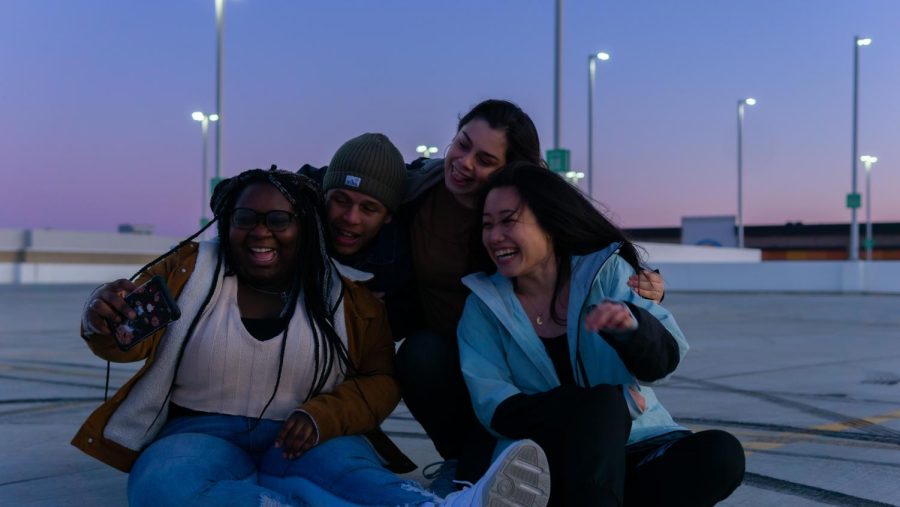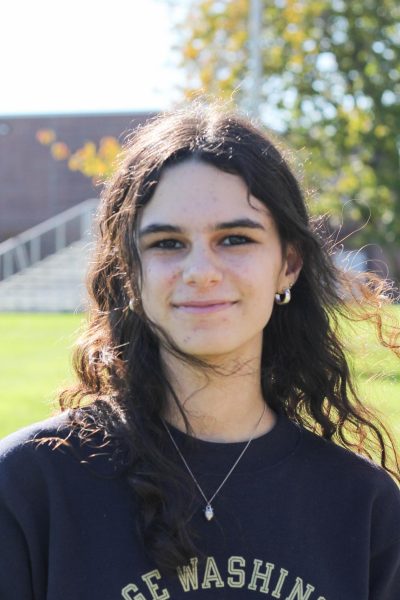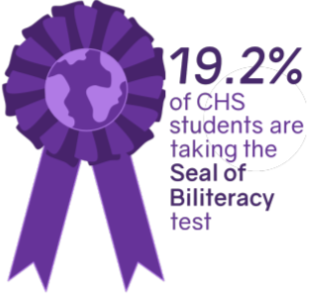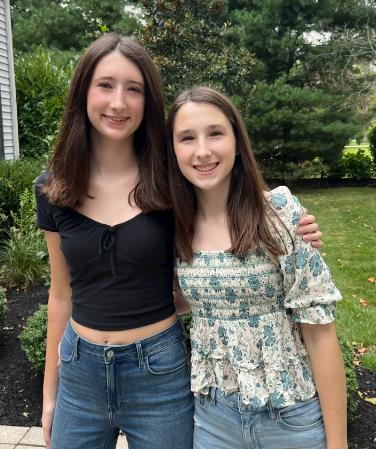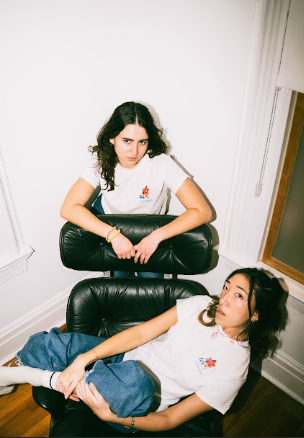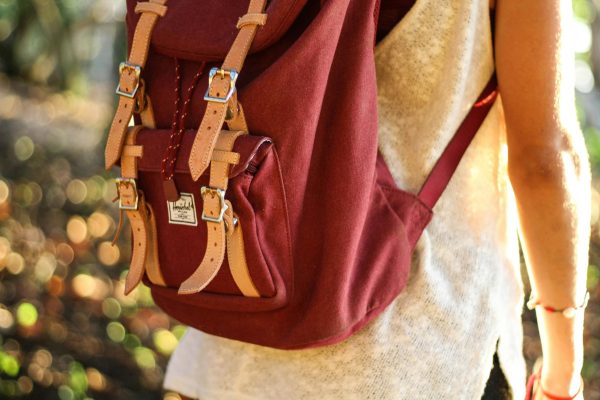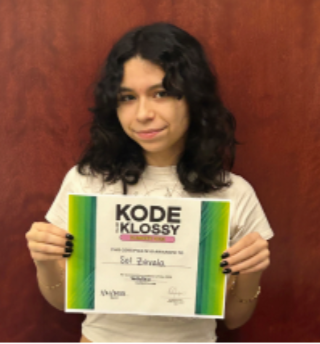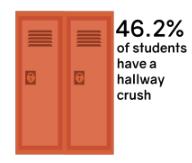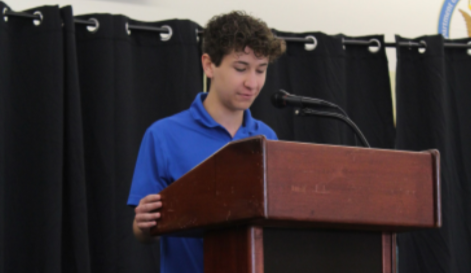Not all friends click, but many friend groups clique at CHS
UNSPLASH PHOTO COURTESY OF Linpaul Rodney
There are a variety of beliefs regarding the environment of friendships in CHS and if their really is distinct friend groups. https://unsplash.com/license
September 15, 2022
Upperclassman tour guides and class election speeches often describe Communications High School as a “clique-free” environment. Oftentimes, this can leave students under the impression that their school is home to inclusivity – a place where people of all social groups are able to link arms harmoniously.
Sophomore Bailey McBride of Matawan explains that because of the small population at CHS, her peers and herself are more likely to form tight-knit groups. She adds that members of these groups often feel a desire to almost aggressively protect the relationships they have, thus inspiring exclusivity.
“Because of how small the school is, it’s common to see people form very tight knit groups,” McBride states. “There’s just not a lot of people available to socialize with so you sort of get thrown into friendships. It’s very common to witness exclusion, to be a part of it or to be the victim of it.”
McBride points out that she doesn’t believe these small groups even consist of compatible friendships and that they only form due to their aversion toward loneliness.
McBride believes that despite the schools’ differences in population and course study, CHS’s friendship dynamics have a tendency to be just as exclusive as public high schools.
“I feel like the size of our school amplifies the number of cliques,” said sophomore Stella Feinstein of Asbury Park. “You’re looking for the people you could be closest to within such an already small community.”
Feinstein went on to describe how she believes that the school’s cliques could be brought on by the competitive nature of the student body. Not only are students competing for club titles and college acceptances, but for lasting friendships.
Sophomore Christie DeNicola of Tinton Falls feels differently. She argues that while distinct friend groups are apparent, “cliquey” is not a word she would use to describe CHS.
“Something beautiful about our school is that the friend groups often come together and everyone is friendly with each other,” DeNicola said. “The ability to get to know people outside of my usual group is actually one of my favorite things.”
Sophomore Max O’Reilly explains that he’s never witnessed exclusion within the halls of CHS and sees nothing wrong with the way friendships are formed around him.
“There are absolutely different groups, but I don’t believe that their presence should have a negative connotation,” O’Reilly said.
Going into the 2022-2023 school year, the student body must ask themselves what kind of CHS they want to be a part of and what they can do to nurture a more inclusive environment. It’s important to consider what we can do to create the CHS spoken so highly of in class election speeches and tour guide presentations.
“I feel like not only the size of our school, but the mindset of the students contributes to the exclusivity we face,” Feinstein shares. “These competitive, driven but also lonely people are just looking for people who they love and that love them.”



